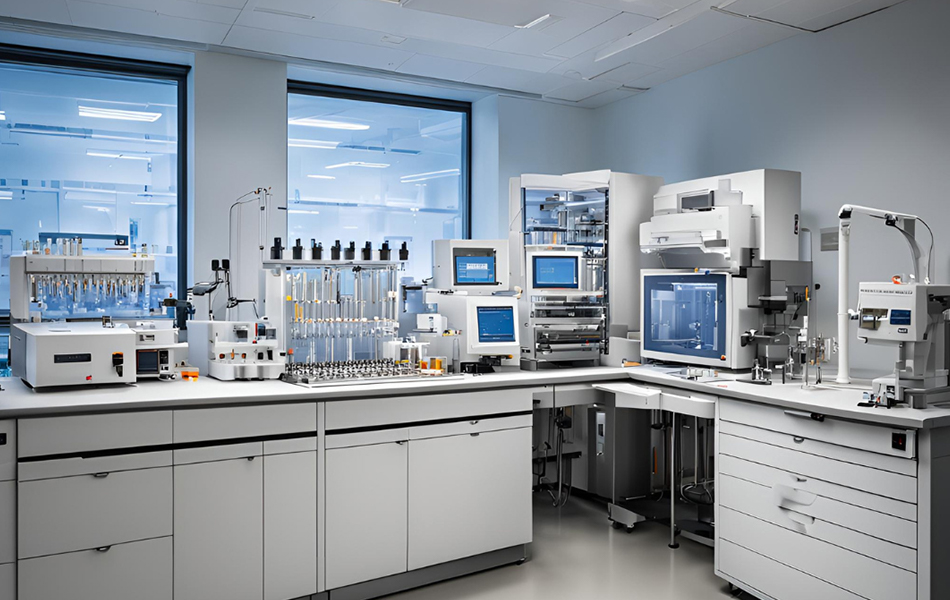
High-Performance Liquid Chromatography (HPLC) is a versatile and widely utilized technique in analytical chemistry, providing precise separation and analysis of complex mixtures. The success of any HPLC analysis largely depends on selecting the appropriate column for your specific needs.
For HPLC users, choosing the right column is akin to finding the perfect key—it unlocks the potential for accurate and efficient analysis. With a multitude of options available, how do you determine the optimal choice? Here’s a quick guide to key factors to consider:
1. Stationary Phase Chemistry
This is crucial to your separation. The stationary phase of an HPLC column dictates its selectivity and retention properties. Common choices include reversed-phase (C18 for non-polar analytes), normal phase (silica for polar analytes), ion exchange (for charged molecules), and size exclusion. Choose a stationary phase that aligns with the chemical properties of your analytes and the required separation mechanism.
2. Particle Size and Pore Size
Particle size and pore size play significant roles in the efficiency and resolution of an HPLC column. Smaller particles (1.8 µm) produce sharper peaks but result in higher backpressure, while larger particles (5 µm) are suitable for routine analyses. Ensure the pore size is appropriate for your analytes; larger pores are better for bigger molecules.
3. Column Dimensions
Column dimensions, including length and diameter, affect resolution, capacity, and analysis time. Longer columns enhance resolution but may increase analysis time, while wider diameter columns improve sample loading capacity at the potential cost of resolution. Choose dimensions that balance the needs of your analysis between resolution and time efficiency.
4. Compatibility
Verify compatibility between the column material and mobile phase components to prevent interactions that could compromise chromatographic performance. Take into account the pH, solvent composition, and temperature stability of both the column and mobile phase to ensure the integrity and longevity of the column.
5. Sample Matrix and Analyte Properties
Consider the characteristics of your sample matrix and the physicochemical properties of your analytes when selecting an HPLC column. Factors like polarity, hydrophobicity, acidity/basicity, and molecular weight will influence your choice of stationary phase and separation conditions. Be mindful of potential interferences, as a specialized column may be necessary for complex matrices.
6. Application-Specific Columns
Some applications may require specialized columns designed for specific analytical challenges. These can include chiral columns for enantiomeric separations, affinity columns for biomolecular interactions, and mixed-mode columns for complex sample matrices. Assess the unique requirements of your analysis and consider specialized options if needed.
7. Quality and Reputation
Choose reputable brands recognized for consistent quality and reliable technical support. Look for factors such as batch reproducibility, column lifespan, and the availability of application support when selecting a column supplier.
Selecting the right HPLC column is vital for obtaining accurate and dependable chromatographic results. By taking into account factors like stationary phase chemistry, particle size, column dimensions, compatibility, sample properties, and application-specific needs, you can enhance your HPLC method development and overall analytical performance.

